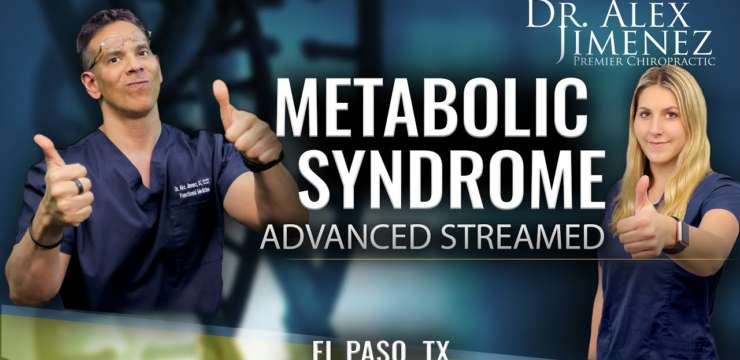In today’s podcast, Dr. Alex Jimenez, health coach Kenna Vaughn, Astrid Ornelas, Truide Torres, and biochemist Alexander Isaiah Jimenez ultimately discuss in a round table…

Functional medicine is an evolution in the practice of medicine that better addresses the healthcare needs of the 21st century. By shifting the traditional disease-centered focus of medical practice to a more patient-centered approach, functional medicine addresses the whole person, not just an isolated set of symptoms. Functional medicine practitioners and health coaches spend time with their patients, taking a detailed history, listening to their background and stories, and looking at the interactions among genetic, environmental, and lifestyle factors that can influence long-term health and complex, chronic disease. In this way, functional medicine supports the unique expression of health and vitality for each individual.
By changing the disease-centered focus of medical practice to this patient-centered approach, our physicians are able to support the healing process by viewing health and illness as part of a cycle in which all components of the human biological system interact dynamically with the environment. The human body all acts together. There are many systems but they all influence each other to maintain homeostasis. Functional medicine takes this understanding of the body and instead of sending the patient to multiple specialists for each system, it treats the body as a whole. This process helps to seek and identify genetic, lifestyle, and environmental factors that may shift a person’s health from illness to well-being.

In today’s podcast, Dr. Alex Jimenez, health coach Kenna Vaughn, Astrid Ornelas, Truide Torres, and biochemist Alexander Isaiah Jimenez ultimately discuss in a round table…

In today’s podcast, Dr. Alex Jimenez DC, Health Coach Kenna Vaughn, Truide Torres, Alexander Jimenez, and Astrid Ornelas discuss and focus on a deeper look…

In today’s podcast, Dr. Alex Jimenez, health coach Kenna Vaughn, chief editor Astrid Ornelas discuss about metabolic syndrome from a different point of view as…

In today’s podcast, Dr. Alex Jimenez, health coach Kenna Vaughn, Astrid Ornelas, Truide Torres, and biochemist Alexander Isaiah Jimenez discuss what is metabolic syndrome and…

On today’s podcast Dr. Jimenez DC, health coaches Adriana Caceres and Faith Arciniaga, and nutritionist Ana Paola RodrÃguez Arciniega will discuss how intracellular body water…

The connection between our modifiable life factors and the risk of developing diseases has been extensively reported. Indeed, our eating patterns, daily activities, exercise, relaxation…

Women’s health is a critical pillar of our public health system. Indeed, the complex female anatomy also enables various conditions that we certainly do not…

Welcome to our newest presentation where an expert will be talking about the Therapeutic uses of Essential Fatty Acids. Stay tuned for the next episode…

Welcome to our newest presentation where an expert will be talking about the Therapeutic uses of Essential Fatty Acids. Stay tuned for the next episode…

Welcome to the last part of our newest presentations where an expert will be talking about laboratory testing of Biomarkers of Immune Dysfunction. Stay tuned…

On today’s podcast Spencer Salas and Dr. Alex Jimenez discuss CBD, TCH, and Hemp. Spencer answers questions in an honest and sincere manner bringing light…

Dietary Supplement Quality Guide: Dr. Jimenez, Health coaches Adriana Caceres and Faith Arciniega, and Clinical Nutritionist Ana Paola Rodriguez will discuss when practitioners are asked…

On today’s podcast Dr. Jimenez DC, health coaches Adriana Caceres and Faith Arciniaga, and nutritionist Ana Paola RodrÃguez will discuss how the changes in our…

Welcome to this new functional Medicine presentation, where an expert will be discussing Anthropometrics, Biomarkers, Clinical Assessment and Diet Evaluation. We hope you have enjoyed…

Welcome to our newest presentation where an expert will be talking about the case management of chronic infections and round table discussion: Dysbdiosis and Chronic…

Welcome to our newest presentation where an expert will be talking about the case management of chronic infections and round table discussion: Dysbdiosis and Chronic…

On today’s podcast Dr. Jimenez DC, health coaches Adriana Caceres and Faith Arciniaga, and nutritionist Ana Paola RodrÃguez will discuss the steps to acquire a…